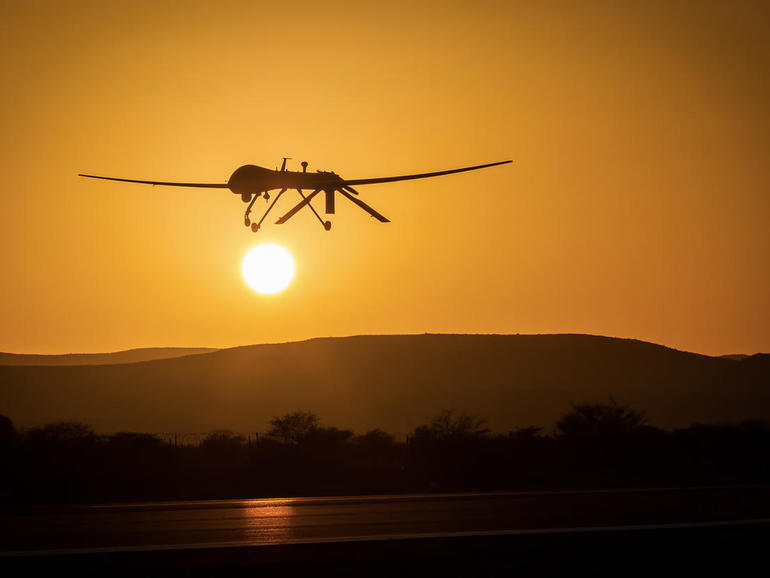The Australian Director of National Parks is looking to run a trial to use drones to monitor, detect, and collect information about prohibited activities, such as illegal fishing operations, in marine parks.
In an approach to market, the Director of National Parks, which is responsible for managing Australia’s marine parks (AMPs), said it is looking at the possibility of using unmanned aerial vehicle (UAV) technology as a cost-effective alternative to traditional surveillance methods that involve using manned surveillance flights, as well as a way to ensure any prohibited activities are not missed.
“Parks Australia currently has an information gap regarding the activities conducted by small craft vessels which are not equipped with vessel monitoring systems and are not required to have automated identification systems. Unauthorised tourism and recreational fishing activities may be going undetected, creating a significant gap in AMP domain awareness for managers,” the agency wrote.
“Traditional surveillance approaches for detecting small craft, such as vessel patrols and manned aerial surveillance flights, can be extremely costly. This trial seeks to inform the compliance program through the investigation of new, cost-effective technologies to monitor vessel activity within AMPs.”
The Director of National Parks specified the drones will be able to provide live feeds to remotely piloted aircraft operators, record video or photos in daylight and night conditions with minimal latency, provide accurate geographical location data of identified vessels on received sensor media, as well as possess sensor capabilities and mechanical or optical zoom to meet data capture requirements.
See also: Australian government is currently juggling 62 high-cost IT projects
These requirements, according to the agency, would allow Parks Australia to determine activities on small vessels such as fishing lines on deck or in the water, as well as serial numbers.
The pilot is scheduled to begin on June 1 and will finish up on June 30 next year.
The proposed locations for the trial will take place at four marine parks: Two along the northern coast of New South Wales and two off the southern coast of Western Australia. Each of these zones will be surveyed at least 10 times over a nominated seven-day period under the trial.
The Director of National Parks recommended that the surveys should consist of five pilot-controlled flights and five flights running on a pre-programmed flight pattern, including at least two flights at each location to be conducted at night. Further, the agency said at least two flights at each location would be conducted with a short or minimum turnaround to “demonstrate platform reliability” as part of the trial.
“The focus of this trial will be on establishing the data collection capacity of UAV technology and conducting a comparison of costs and benefits with traditional surveillance methods,” the agency said.
“For that reason, targeted efforts will be made to capture data over set time periods when park visitation is expected to be high. It is intended that this will facilitate the capture of multiple images of different vessel types for analysis and offer sufficient data to determine the suitability of UAV technology for compliance enforcement purposes.
“The trial will include a test of the feasibility of pre-programmed flight patterns to collect data.”
Submissions for tender close on March 8.



